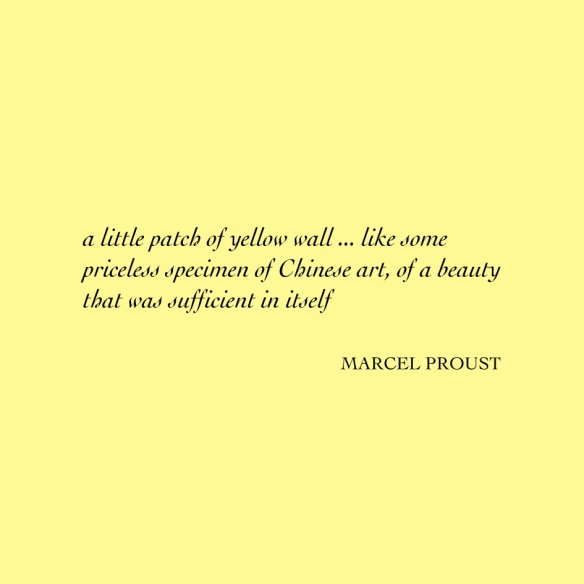Mary Sue Hubbard is a name that resonates deeply within the Scientology community and beyond. Her role as a central figure in the Church of Scientology has sparked immense interest, admiration, and controversy. As we delve into her life, we will explore her contributions, challenges, and lasting impact on one of the most talked-about religious movements in modern history.
Mary Sue Hubbard's journey is as fascinating as it is complex. From her early days to her pivotal role in shaping Scientology, her story is one of resilience, dedication, and controversy. Understanding her life and legacy provides valuable insights into the dynamics of religious movements and their influence on society.
This article aims to provide a comprehensive overview of Mary Sue Hubbard's life, her contributions to Scientology, and the controversies surrounding her. By the end of this article, you will have a clearer understanding of her role in shaping one of the most debated religious organizations in the world.
Read also:Cemre Solmaz The Rising Star In The World Of Entertainment
Table of Contents
- Biography of Mary Sue Hubbard
- Early Life and Education
- Marriage to L. Ron Hubbard
- Role in Scientology
- Controversies Surrounding Mary Sue Hubbard
- Her Legacy in Scientology
- Impact on Modern Religious Movements
- Criticism and Defense
- Key Events in Her Life
- Conclusion
Biography of Mary Sue Hubbard
Mary Sue Hubbard, born Mary Sue Whipp on February 21, 1924, in Lexington, Kentucky, is a central figure in the history of the Church of Scientology. Her life and contributions to the movement have been both celebrated and scrutinized over the years.
Personal Data
| Full Name | Mary Sue Whipp (née Hubbard) |
|---|---|
| Date of Birth | February 21, 1924 |
| Place of Birth | Lexington, Kentucky, USA |
| Occupation | Administrator, Religious Leader |
| Known For | Being the second wife of L. Ron Hubbard and a key figure in Scientology |
Early Life and Education
Mary Sue Hubbard's early life laid the foundation for her future role in Scientology. Born into a modest family, she developed a keen interest in organizational management and administration from a young age. Her educational background, though not extensively documented, highlights her natural ability to lead and manage complex systems.
Her early years were marked by a strong sense of responsibility and a desire to contribute meaningfully to society. These traits would later define her contributions to Scientology, where she played a pivotal role in shaping the administrative structure of the organization.
Marriage to L. Ron Hubbard
Mary Sue Hubbard married L. Ron Hubbard, the founder of Scientology, in 1952. Their union marked the beginning of a partnership that would significantly influence the development of the Church of Scientology. L. Ron Hubbard's vision and Mary Sue's administrative prowess created a powerful dynamic that propelled the movement forward.
Impact of Their Marriage
- Strengthened the organizational structure of Scientology.
- Provided stability during a period of rapid growth and expansion.
- Enabled the implementation of innovative administrative techniques.
Role in Scientology
Mary Sue Hubbard's role in Scientology was instrumental in its growth and development. She served as the head of the Guardian's Office, a powerful administrative body within the Church. Her leadership ensured the efficient operation of Scientology's global network.
Under her guidance, Scientology expanded its reach and influence, establishing a presence in numerous countries worldwide. Her administrative skills and dedication to the movement's principles earned her respect and admiration from many within the organization.
Read also:Mark Thompson Reba The Journey Achievements And Legacy
Administrative Contributions
- Implemented the "Flag Order" system, enhancing organizational efficiency.
- Developed training programs for administrative personnel.
- Facilitated international expansion through strategic planning.
Controversies Surrounding Mary Sue Hubbard
Mary Sue Hubbard's tenure in Scientology was not without controversy. Her involvement in various legal disputes and allegations of misconduct has been the subject of extensive media coverage and academic study. Despite these challenges, her contributions to the movement remain significant.
Some of the key controversies include allegations of human rights violations and the suppression of dissenting voices within the organization. These issues have sparked debates about the role of leadership in religious movements and the balance between authority and accountability.
Legal Challenges
- Involvement in Operation Snow White, a covert operation that led to legal consequences.
- Allegations of harassment and intimidation of critics and former members.
- Legal battles over the control and management of Scientology's assets.
Her Legacy in Scientology
Mary Sue Hubbard's legacy in Scientology is multifaceted. While her administrative skills and dedication to the movement are widely acknowledged, her role in shaping the organization's administrative structure remains a topic of discussion. Her contributions have left an indelible mark on the Church of Scientology, influencing its operations and development for decades.
Her legacy is also evident in the continued influence of Scientology worldwide. Despite facing numerous challenges, the movement has maintained its presence and continues to attract new members. Mary Sue Hubbard's impact on this growth cannot be overstated.
Impact on Modern Religious Movements
The influence of Mary Sue Hubbard extends beyond Scientology, impacting modern religious movements globally. Her approach to organizational management and administration has inspired leaders in various religious and non-religious organizations. The principles she championed continue to be studied and applied in diverse contexts.
Her emphasis on efficiency, accountability, and strategic planning has set a benchmark for leadership in contemporary religious movements. By addressing the challenges of growth and expansion, she demonstrated the importance of strong leadership in maintaining the integrity and cohesion of an organization.
Criticism and Defense
Like many influential figures, Mary Sue Hubbard has faced criticism and defense from various quarters. Critics argue that her leadership style and administrative decisions have contributed to the controversies surrounding Scientology. Conversely, her supporters highlight her dedication and contributions to the movement's success.
Understanding the criticisms and defenses surrounding her legacy provides a balanced perspective on her role in Scientology. It underscores the complexities of leadership in religious movements and the challenges faced by those in positions of authority.
Key Events in Her Life
Mary Sue Hubbard's life was marked by several key events that shaped her role in Scientology and her legacy. These events highlight her contributions and the challenges she faced during her tenure as a central figure in the movement.
- 1952: Marriage to L. Ron Hubbard.
- 1966: Appointment as head of the Guardian's Office.
- 1977: Arrest and conviction in connection with Operation Snow White.
- 1983: Release from prison and continued involvement in Scientology.
Conclusion
Mary Sue Hubbard's life and contributions to Scientology have left an enduring legacy. From her early days to her pivotal role in shaping one of the most debated religious movements in modern history, her story is one of resilience, dedication, and controversy.
This article has explored her life, her contributions to Scientology, and the controversies surrounding her. By understanding her role in the movement, we gain valuable insights into the dynamics of religious organizations and their impact on society.
We invite you to share your thoughts and insights in the comments section below. For more articles on religious movements and their leaders, explore our website further. Your feedback and engagement are invaluable in fostering a deeper understanding of these complex topics.


